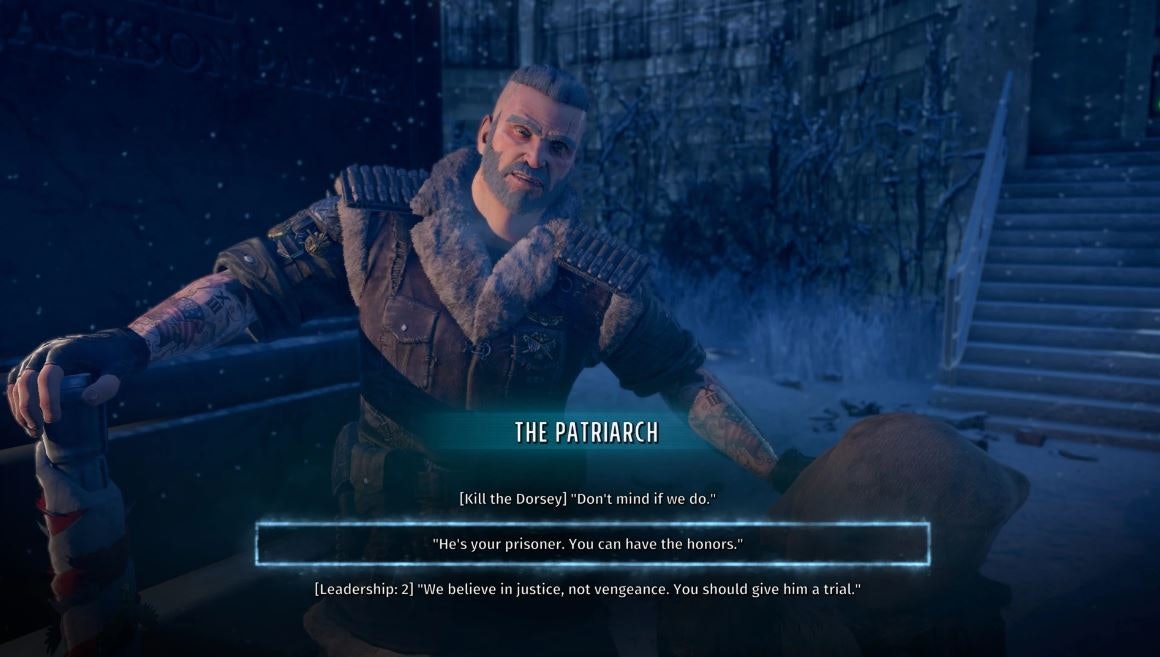
We love the apocalypse. Not the real one, but the one we put in our stories. We are fascinated with imagining life after the collapse of society. It’s tantalizing to picture a world with no laws, no order. It provides a canvas that lets us know who we really are when the consequences we expect are gone. Twenty-five years ago one gaming franchise began exploring this, and we’ve been hooked ever since.
Fallout launched in 1997 from Interplay Productions, a studio known for hits like Earthworm Jim and the Bard’s Tale series. It wasn’t its first post-apocalypse game (hello Wasteland), but Fallout’s blend of retrofuturism, deep RPG elements, and rich storytelling ignited a fire that still burns as bright as the light of Trinity.
Interplay released Fallout 2 from Black Isle Studios in 1998, but Fallout didn’t become a franchise in earnest until Bethesda Game Studios took over a decade later with the release of Fallout 3. If you want to see what the “Fallout experience” really is, start here.
Fallout 3 continues the tradition of putting players in the shoes of a Vault Dweller, a nuclear holocaust survivor who lived in a bunker while the world burned. This “stranger in a strange land” theme carries the story, but also serves as an immersive vehicle for players who, thanks to a switch to first-person from third-person, are experiencing this brave new world themselves.
Fallout 3 stepped away from turn-based combat in favor of more FPS action, although the V.A.T.S. system showcases the best of both worlds. It lets players pause combat to target specific regions of an enemy’s body with predictably gory results. If you’re in the mood to wrestle with complex moral quandaries (RIP Megaton) and goopify the limbs of snarling, mutated wasteland spawn then this is for you.

Fallout is a franchise though, and Fallout 3 may be the historical first entry from Bethesda, but number one in the hearts of most fans is Fallout: New Vegas. Developed by Obsidian, this Fallout title takes place in the American West and embraces a lawless cowboy spirit in its storytelling. It also has one of the best faction reputation systems in any game. Your choices really seem to matter in New Vegas, and over-the-top villainy still manages to come in shades of gray. It’s the game to play if you want to feel the emotional weight of life as a survivor.

Maybe you don’t want modern Fallout. Maybe you want to experience some classic Fallout vibes, but in a game that isn’t 25 years old. Then look no further than the Wasteland series. Based of that 1988 Interplay release mentioned above, Wasteland 2 and Wasteland 3 from inXile entertainment are the spiritual successors to the original release. Deep, turn-based combat, isometric overhead camera and a robust party system make for a tense, thoughtful journey into a radioactive hellscape.
Like radioactivity, the half-life of Fallout will endure for decades. Bethesda’s Fallout 76 keeps an online multiplayer community engaged every day, and Fallout 5 will likely release sometime in the next century. In the meantime, there will always be some post-apocalyptic action to enjoy, because conflict never changes.
Fallout and Fallout 2 are available on PC. Wasteland 3, Fallout 3, Fallout: New Vegas, and Fallout 76 are available on PC, Xbox and PlayStation. Wasteland 2 is available on PC, Xbox, PlayStation, and Nintendo Switch.







